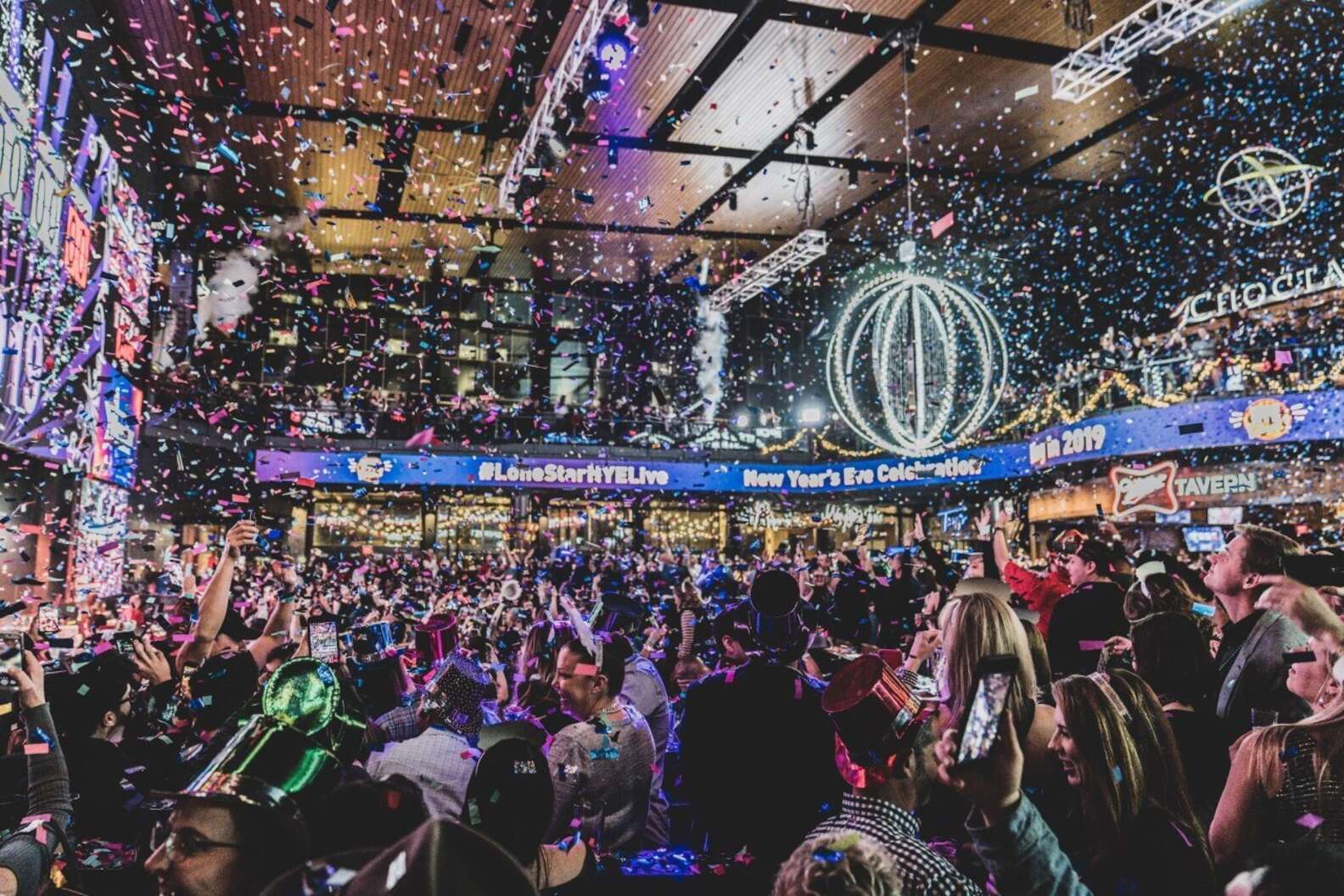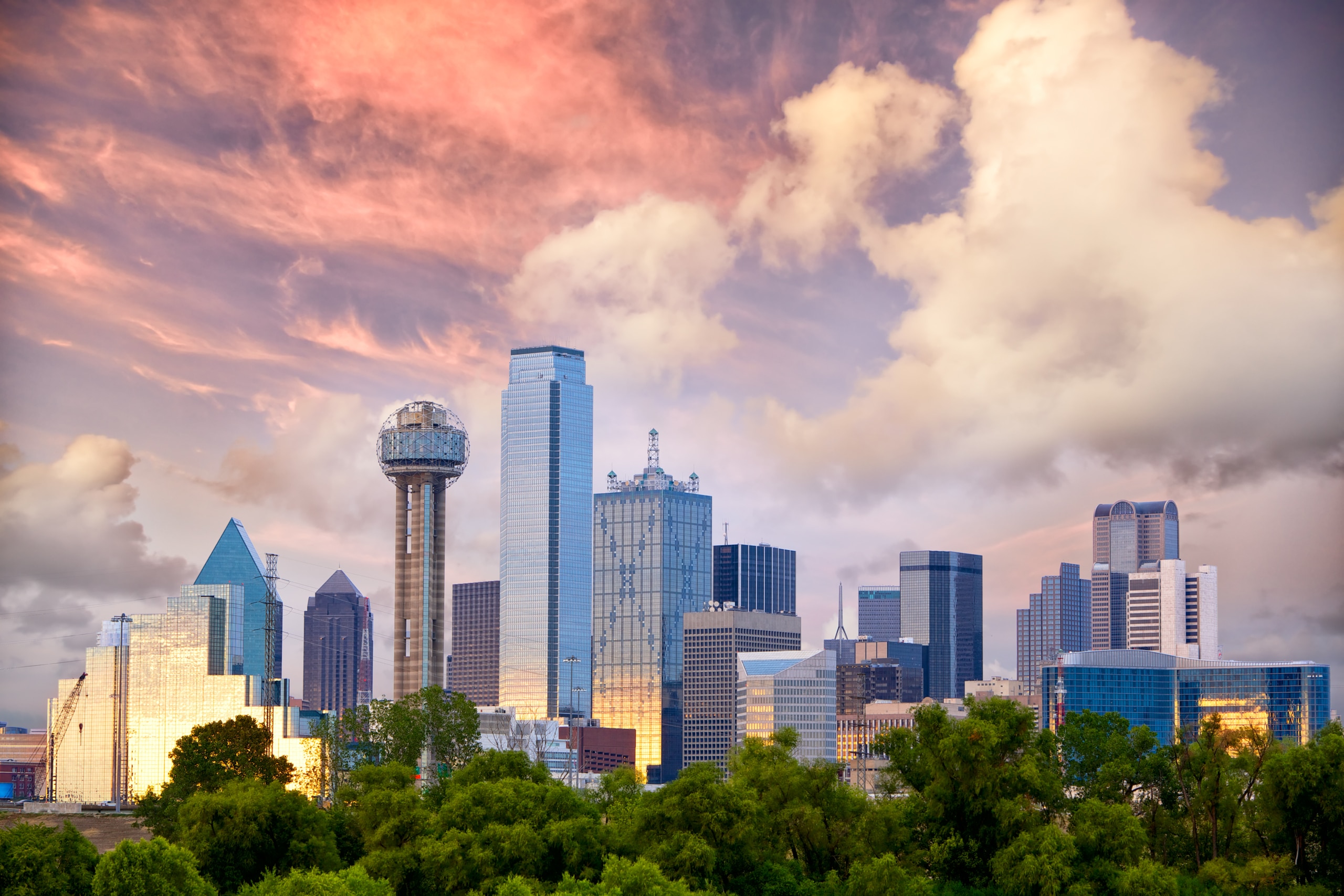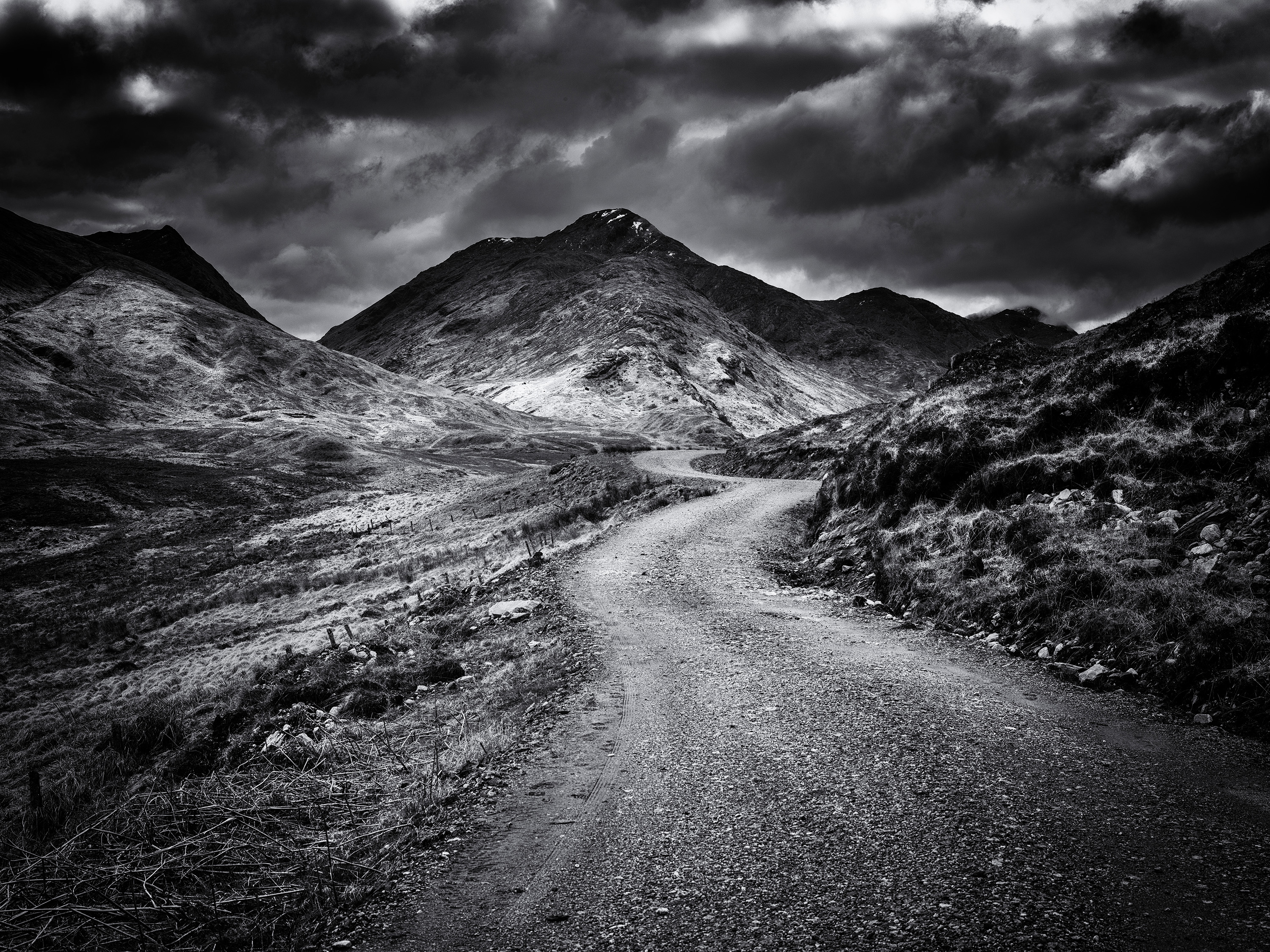Dallas, Texas, is known for its vibrant culture, rich history, and a calendar full of exciting events and festivals. However, the city’s unpredictable weather can significantly influence the planning, execution, and attendance of these gatherings. From scorching summers to potential winter storms, understanding how Dallas weather interacts with local festivities is crucial for organizers and attendees alike. In this article, we’ll explore the relationship between Dallas weather and local events, highlighting key examples, statistics, and tips for navigating this dynamic environment.
The Climate of Dallas: An Overview
Before delving into the specifics of how weather affects local events, it’s essential to understand the climate of Dallas. The city experiences a humid subtropical climate characterized by:
- Hot summers with average high temperatures exceeding 95°F (35°C)
- Mild winters, with average low temperatures around 35°F (2°C)
- Frequent thunderstorms in spring and summer
- Occasional winter weather events, including ice and snow
These climatic features make it imperative for event organizers to consider weather forecasts and seasonal trends when scheduling festivities.
Seasonal Challenges and Opportunities

Each season in Dallas presents unique challenges and opportunities for local events and festivals. Let’s break down how each season can impact event planning.
Spring: The Season of Rain and Renewal
Spring in Dallas is marked by mild temperatures and increased rainfall, which can often lead to event cancellations or rescheduling. For example, the Dallas Blooms festival, held at the Dallas Arboretum, showcases stunning floral displays but can be affected by unexpected rain.
- Event organizers often have to prepare for rain contingencies, such as tent rentals or alternative indoor venues.
- On the flip side, the blooming flowers and pleasant temperatures attract large crowds, making spring festivals very popular.
Summer: Heat and Humidity

Summer in Dallas can be scorching, with temperatures soaring above 100°F (38°C) on many days. This extreme heat poses risks for both organizers and attendees. Noteworthy summer events like the Fourth of July fireworks show require careful planning to ensure the safety and comfort of participants.
- Outdoor events often have to start earlier in the day or later in the evening to avoid the peak heat.
- Providing adequate shade, hydration stations, and cooling areas becomes essential for attendee safety.
Fall: Ideal Weather and Major Festivals

Fall offers some of the most pleasant weather in Dallas, making it a prime time for festivals. The State Fair of Texas, one of the largest and most iconic events in the area, capitalizes on this favorable climate.
- With average temperatures in the 70s°F (20s°C), attendance at outdoor events typically peaks during this season.
- Organizers can focus on maximizing the experience without the constant worry of weather-related disruptions.
Winter: Cold and Unpredictable
Winter in Dallas can be unpredictable, with potential for both cold snaps and milder days. While snow is infrequent, ice storms can pose significant challenges for winter festivals and events, such as holiday markets or parades.
- Event organizers must remain vigilant about weather forecasts, as sudden temperature drops can affect attendance.
- In case of inclement weather, contingency plans become crucial to ensure safety and maintain the event’s integrity.
Case Studies: Weather’s Influence on Major Events
To illustrate the impact of weather on local events, let’s look at a few case studies of major Dallas festivals and their weather-related adaptations.
1. The State Fair of Texas
The State Fair of Texas, held annually in late September to mid-October, attracts millions of visitors. The event’s success is largely due to favorable fall weather. However, organizers have learned to adapt to varying conditions.
- In case of rain, the fair has indoor exhibits and attractions to ensure that visitors still have engaging experiences.
- The fair also provides weather updates through social media to keep attendees informed about any changes.
2. Dallas Arts District’s Late Night Events

The Dallas Arts District hosts various late-night events during the summer, including exhibitions and outdoor concerts. However, the extreme heat often forces organizers to rethink their strategies.
- Many events have shifted to earlier start times or added cooling stations to enhance the visitor experience.
- Innovative partnerships with local businesses for shaded areas and refreshments have proven effective in keeping attendees comfortable.
Statistics on Weather and Event Attendance
Understanding the quantitative impact of weather on event attendance can provide deeper insights into planning. Here are some statistics that highlight this relationship:
- According to a study by the National Oceanic and Atmospheric Administration (NOAA), attendance at outdoor events can drop by 20% on days with significant rainfall.
- Research shows that events held in mild temperatures (between 65°F and 80°F) tend to see a 30% increase in attendance compared to extreme heat days.
- Weather-related cancellations can lead to economic losses of up to $1 million for major festivals, affecting local businesses and vendors.
Best Practices for Navigating Weather Challenges
Given the unpredictable nature of Dallas weather, here are some best practices for organizers and attendees to ensure successful events:
- Stay Informed: Monitor weather forecasts regularly and subscribe to weather alert services.
- Have a Contingency Plan: Prepare for rain or extreme heat by having backup venues or shaded areas in place.
- Communicate: Keep attendees informed through social media and event websites about any changes in schedule or location due to weather.
- Encourage Preparedness: Advise attendees to dress appropriately and bring essentials like sunscreen or rain gear.
The weather in Dallas plays a pivotal role in shaping local events and festivals. Understanding the nuances of the city’s climate can significantly enhance the planning and execution of these festivities. By acknowledging seasonal challenges and leveraging favorable conditions, event organizers can create successful experiences that attract large crowds. Furthermore, awareness of weather-related impacts helps attendees make informed decisions, ensuring they enjoy the vibrant culture that Dallas has to offer. In essence, by embracing the climate’s variability, both organizers and attendees can thrive in this dynamic city.






